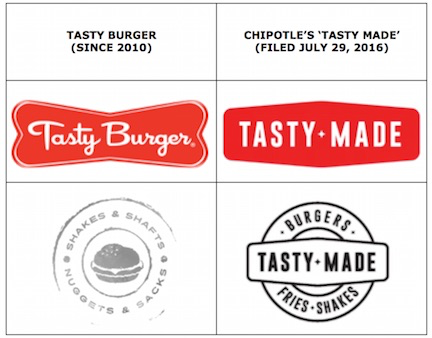The Seattle Seahawks’ 12th Man Flies Again
Published: August 18, 2016
If you regularly follow our publication, you may remember when I discussed the Seattle Seahawks and their use of the Texas A&M trademark “12TH MAN” over a year ago. If not, that’s okay too. In short, I discussed how the Seattle Seahawks have been utilizing the Texas A&M trademark without permission and were facing legal action for infringement when the parties entered into their first licensing agreement in 2006 for $100,000 upfront and an additional $5,000 per year. This deal was subsequently renewed in 2011. I ended my previous article by acknowledging that the agreement was coming to an end and that there was likely to be a new, more lucrative deal in place due to the mark’s popularity among Seahawks fans.
Sure enough, the deal that the Seahawks and Texas A&M reached is more lucrative than the previous deal. The Seahawks have agreed to pay $140,000 to Texas A&M upfront, plus $18,000 per year as a royalty fee for using the mark in the Pacific Northwest, an additional $10,000 per year to assist Texas A&M with its efforts to protect its trademark from would be infringers, and an undisclosed yearly fee, through 2021. Moreover, Texas A&M has also narrowed the scope of the license that it is granting to the Seattle Seahawks. Although the Seahawks have never utilized “12th Man” on their merchandise, they will no longer use the mark on the Ring of Honor or the team’s social media handles. Overall, this is favorable deal for Texas A&M, which will receive more money for a more restrictive license to the Seahawks.
Interestingly, I suspect the Seahawks do not have an issue with the narrowly tailored license in light of their recent conduct. Over the past few seasons, the Seahawks have shifted away from their use of “12TH MAN” in favor of “12” and “12s,” both of which the Seahawks have registered with the United States Patent and Trademark Office. The Seahawks own several “12” related trademarks, including without limitation, “WE ARE 12s,” “THE 12s,” “THE SPIRIT OF 12,” and “12.” So, it seems that although the Seahawks still obviously value their use of the “12TH MAN” mark, they are slowly distancing themselves from the mark and creating their own set of 12 marks, which I would not be surprised to see displace their use of the “12TH MAN” entirely by 2021. Of course, only time will tell.



